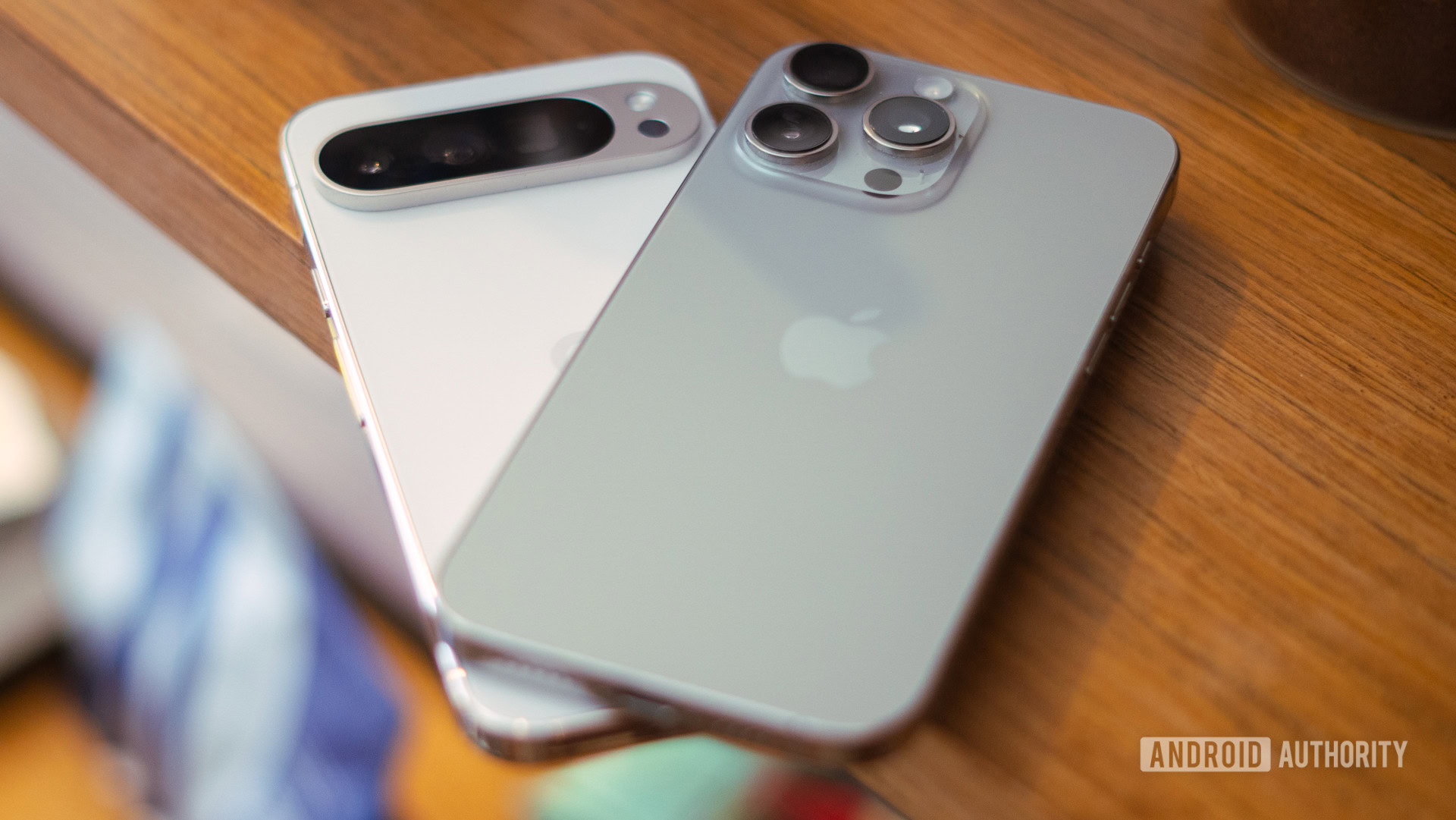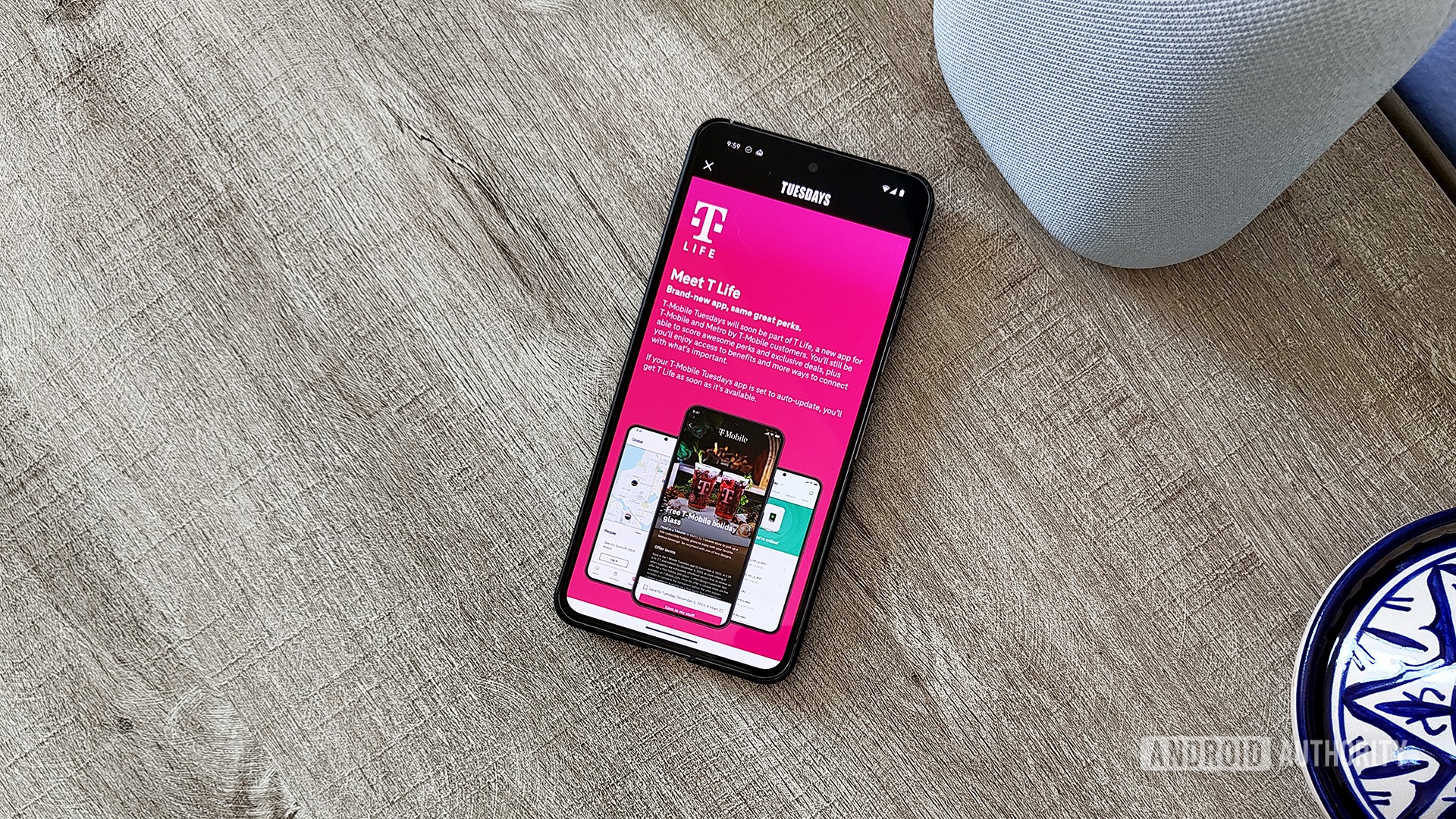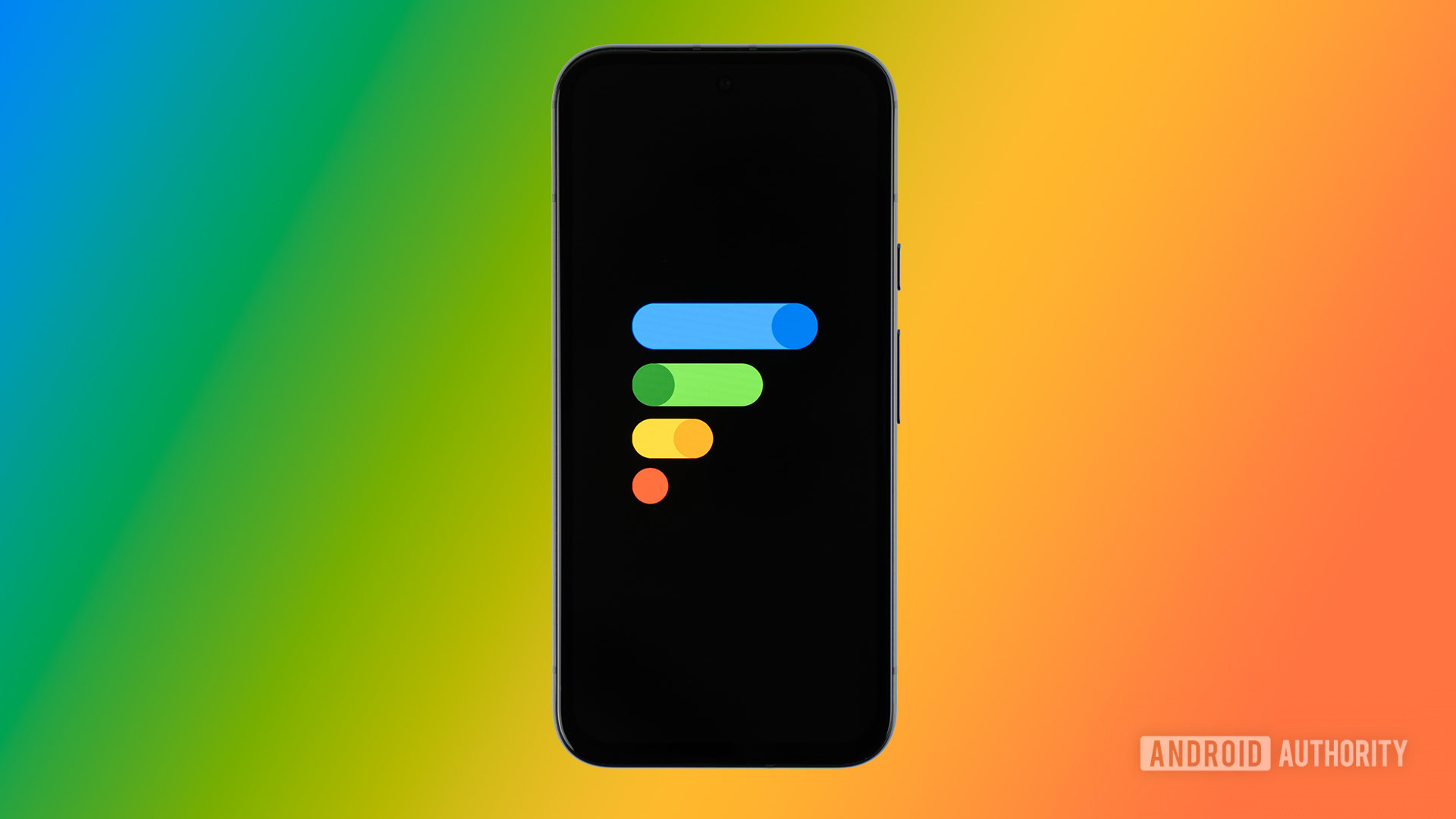Metro is owned by T-Mobile, but what’s the real difference?


Edgar Cervantes / Android Authority
Metro by T-Mobile is easily the most recognizable prepaid brand in T-Mobile’s portfolio, followed closely by Mint. While Mint is clearly aimed at the budget segment, the difference between Metro and T-Mobile is less obvious. After all, Metro has its own stores and offers many features typically associated with major carriers, such as free phone promotions, streaming perks, and family discounts.
T-Mobile versus Metro by T-Mobile: Which would you pick?
12 votes
To clear up some of the confusion, I took a deeper look at the two providers. While they share many similarities, a few notable distinctions set them apart. Curious about which one is the better fit for you? Join me as I explore pricing, phone selection, network priority, and more.
Mint vs T-Mobile: At a glance
- Metro by T-Mobile is better if you want to save money. Metro is typically the cheaper option, though not always.
- T-Mobile is better if you care about network priority. Metro has lower priority than T-Mobile, except for T-Mobile’s Essentials plans.
Price range and value
T-Mobile:
- Price range for single-line plans: $40 to $100 per month
- Price range for multi-line plans: $25 to $65 per month for 4 lines
Metro by T-Mobile:
- Price range for single-line plans: $25 to 70 per month
- Price range for multi-line plans: $25 to $43.75 per month for 4 lines
Metro by T-Mobile has the lowest starting price at $25 for its Bring Your Own Device (BYOD) plans. If you need only one line, we recommend the unlimited data plan. While this option isn’t available for multi-line users, you can add multiple lines to Metro’s 10GB BYOD plan at the same $25 per line.
If you want perks like discounted or free phones and other extras, you’ll need a different plan. Metro offers a 10GB plan for $40 and additional lower-data options, but we suggest Metro Flex Unlimited plans instead. These include perks like discounted devices, Google One membership, Amazon Prime, and more.
Pricing starts at $50 per month and goes up to $70 for Metro’s highest-tier plan. For multiple lines, rates drop to $38.75 and $43.75 per line (for four users). Notably, Metro includes taxes and fees in its pricing, while T-Mobile does not for prepaid and postpaid plans.
T-Mobile is generally more expensive for single-line users, but it excels in multi-line discounts for postpaid plans. Metro offers discounts as well, but T-Mobile is more aggressive in this area. As a result, T-Mobile may offer a better deal for families, depending on the plan.
T-Mobile provides both prepaid and postpaid options. On the prepaid side, we recommend unlimited data, as the limited plans are priced too high. T-Mobile’s prepaid unlimited plans have no data caps and offer slightly higher priority than base-level plans, with pricing between $50 and $60 per month. Multi-line discounts can reduce the cost to $35 per line (for four users).
If you’re set on T-Mobile, postpaid plans typically provide better features and may be more cost-effective for multiple lines.
At the lower end, Essentials Saver costs $50 for a single line or $33.33 per line (for three lines). The Essentials plan starts at $60 but drops to $25 per line for four users. However, both have the same network priority as Metro — to get higher-priority data, you’ll need Go5G or higher.
Go5G plans start at $75 per line but can go as low as $41 per line (for five users). The premium Go5G Plus and Go5G Next plans cost $90 and $100 per month, or $51 and $61 per line (for five users).
Both T-Mobile and Metro frequently update their plans. For a closer look, check out our T-Mobile plans guide or visit Metro by T-Mobile’s official plans page.
T-Mobile and Metro offer a variety of plans and are constantly updating them with new options. For a closer look, check out our T-Mobile plans guide. If you’re interested in Metro by T-Mobile’s latest offerings, visit its official plans page.
Data priority and network reliability
T-Mobile:
- Data priority level: QCI 6 (Essentials has lower priority QCI 7)
- Video streaming quality: SD, HD, and QHD options
Metro by T-Mobile:
- Data priority level: QCI 7
- Video streaming quality: SD only
T-Mobile has a clear advantage in network priority — except for its budget-friendly Essentials and Essentials Value plans, which operate at the same lower priority as Metro.
What does higher priority mean? During congestion, lower-priority users experience slower speeds. While speeds usually remain usable, in busy areas like downtown districts, they could drop to 1Mbps or lower in extreme cases. Higher-priority plans may still see minor slowdowns but generally offer better speeds.
Coverage is similar between T-Mobile and Metro, though T-Mobile’s roaming agreements may provide coverage in some areas where Metro does not. Those interested in satellite functionality will be happy to know that T-Mobile allows sign-ups regardless of carrier — including Metro users.
For hotspot access, both carriers offer at least unlimited 3G hotspot use. On the high end, Metro supports up to 25GB, while T-Mobile prepaid caps out at 10GB of high-speed data before switching to unlimited 3G.
T-Mobile’s postpaid plans provide the best hotspot options, with Go5G Plus and Next allowing up to 50GB. Additionally, T-Mobile offers better video streaming options — while Metro is limited to SD, T-Mobile supports SD, HD, or QHD, depending on the plan.
Phone selection, payment plans, and insurance

Dhruv Bhutani / Android Authority
T-Mobile:
- Phone selection: Over 40 devices across nearly all major brands.
- Financing: Equipment financing plans typically offer 0% financing over 24 months.
- Insurance: Pricing varies significantly depending on the exact plan and phone brand, via Assurant.
Metro by T-Mobile:
- Phone selection: Over 30 devices across nearly all major brands.
- Financing: Rates from 0-36% APR, via partnership with Affirm.
- Insurance: Plans start at $5 per month, via partnership with Assurant.
You might expect T-Mobile to offer significantly better phone options, and to some extent, that’s true. While Metro carries many of the most expensive and high-end flagships, it tends to focus more on budget or older flagship devices, especially when offering special promotions like free phones with multiple lines.
Metro still carries most major brands and popular models, though T-Mobile provides a wider variety and more special offers tailored to higher-end devices. Both providers offer insurance and financing options, at least.
Metro’s financing through Affirm may not be as favorable as the terms offered directly by T-Mobile, but many users have had positive experiences with it, and it provides options similar to those of the larger carriers.
Similarly, while Metro’s insurance might have fewer features or cut a few corners, it’s generally more affordable, offering a comparable value overall.
Customer service experience

C. Scott Brown / Android Authority
T-Mobile:
- Phone-based customer service: Yes
- In-store support: Yes
Metro by T-Mobile:
- Phone-based customer service: Yes
- In-store support: Yes
While postpaid carriers generally offer superior customer service, Metro comes very close to matching T-Mobile.
Both carriers provide online, phone-based, and in-store customer service. However, T-Mobile has significantly more physical stores nationwide than Metro. Overall, both carriers offer an average or better customer service experience compared to other providers, so there’s not much to differentiate them in this area.
International calling and other extras
T-Mobile:
- International perks: Every postpaid plan includes unlimited text in 215+ countries and destinations, as well as unlimited calls and texts within Canada and Mexico across all postpaid plans.
- Streaming perks: Select T-Mobile plans include Apple TV Plus, Netflix Standard with Ads, and/or Hulu with ads.
- Other perks: International calling and texting that varies depending on the plan.
Metro by T-Mobile:
- International perks: Unlimited texting to 210+ countries and destinations available with select plans.
- Streaming perks: Metro Flex Plus gives you Amazon Prime streaming for no additional cost.
- Other perks: 100GB of Google One Membership and T-Mobile Tuesdays with all Metro Flex plans.
T-Mobile has the edge when it comes to extras, especially for those who sign up for a postpaid plan. All postpaid plans include unlimited calling and texting in Canada and Mexico, but there are also several plan-specific international perks worth noting:
- Go5G: In addition to four full-flight streaming sessions per year, unlimited in-flight texting, and one hour of streaming, this plan offers unlimited texting and 5GB of high-speed data in 11 countries, plus unlimited texting and 256Kbps data in 215+ locations.
- Go5G Next and Plus: These two plans include all the benefits of Go5G, plus unlimited full-flight texting and Wi-Fi, as well as 15GB of data in Canada and Mexico.
T-Mobile also offers more extensive streaming options, though again, only for select plans:
- Go5G: This plan includes a six-month free trial of Apple TV Plus when you first sign up.
- Go5G Plus: Apple TV Plus is included as a free perk.
- Go5G Next: Along with Apple TV Plus, you get Netflix Standard with Ads and Hulu with Ads.
How well do other prepaid carriers on T-Mobile’s network compare?

Edgar Cervantes / Android Authority
There are many prepaid carriers that run on T-Mobile’s network. Here’s a quick breakdown of just three alternatives we highly recommend:
Google Fi
- Pricing: $20 for the Flex plan, with Unlimited starting at $50 — or as low as $25 per line for four or more lines.
- Data priority: Unlike Metro, Google Fi provides the same priority as a mid-tier or higher T-Mobile postpaid plan.
- Unlimited cap: Depending on the plan, you’ll get either 35GB or 50GB of high-speed data before significant slowdowns.
- Phone selection and promos: No iPhones, but excellent deals on Pixel and Galaxy devices that are hard to beat.
- Customer service: Comparable to or better than Metro, though without brick-and-mortar support.
- Notable extras: Google Fi is best known for its outstanding international data plans, which outperform even most postpaid options.
US Mobile:
- Pricing: Limited-data plans start as low as $8 per month, while unlimited plans range from $17.50 to $44 per month.
- Data priority: Varies by plan and network, with higher-priority options available.
- Unlimited cap: No strict data caps, though most plans include a set amount of priority data. After exceeding this, speeds may slow during network congestion.
- Phone selection and promos: Fewer special promotions, but a comparable phone selection.
- Customer service: US Mobile has responsive support, though Metro has a stronger reputation and the advantage of in-store assistance.
- Notable extras: Unique among MVNOs, US Mobile allows switching between all three major networks and even offers a multi-network plan that lets you use two networks simultaneously.
Mint Mobile:
- Pricing: Limited-data plans start at $15 per month (paid annually), while Unlimited costs $30 per month (paid annually).
- Data priority: Lower-priority data, which may experience slowdowns during network congestion.
- Unlimited cap: No hard data cap, though speeds may temporarily slow during periods of congestion.
- Phone selection and promos: Strong promotional deals and a decent phone selection.
- Customer service: Mint Mobile has a mixed reputation for customer support and lacks in-store assistance.
- Notable extras: Best known for its ultra-low rates through annual payment plans.
Is Metro worth it?

Edgar Cervantes / Android Authority
Metro is a solid choice if you want many of the features and experiences offered by T-Mobile, but don’t mind sacrificing network priority to save money or avoid locking into a traditional postpaid plan.
While the service closely matches T-Mobile in many areas, the lower priority means it’s best for people in regions with relatively low network congestion on T-Mobile’s towers.
That said, T-Mobile’s lower priority can still outperform Verizon and AT&T in certain areas, depending on your location.
If you’re willing to pay more to skip the lower priority and some of the other limitations associated with prepaid services, T-Mobile will offer a better overall experience — though at a noticeable premium.


